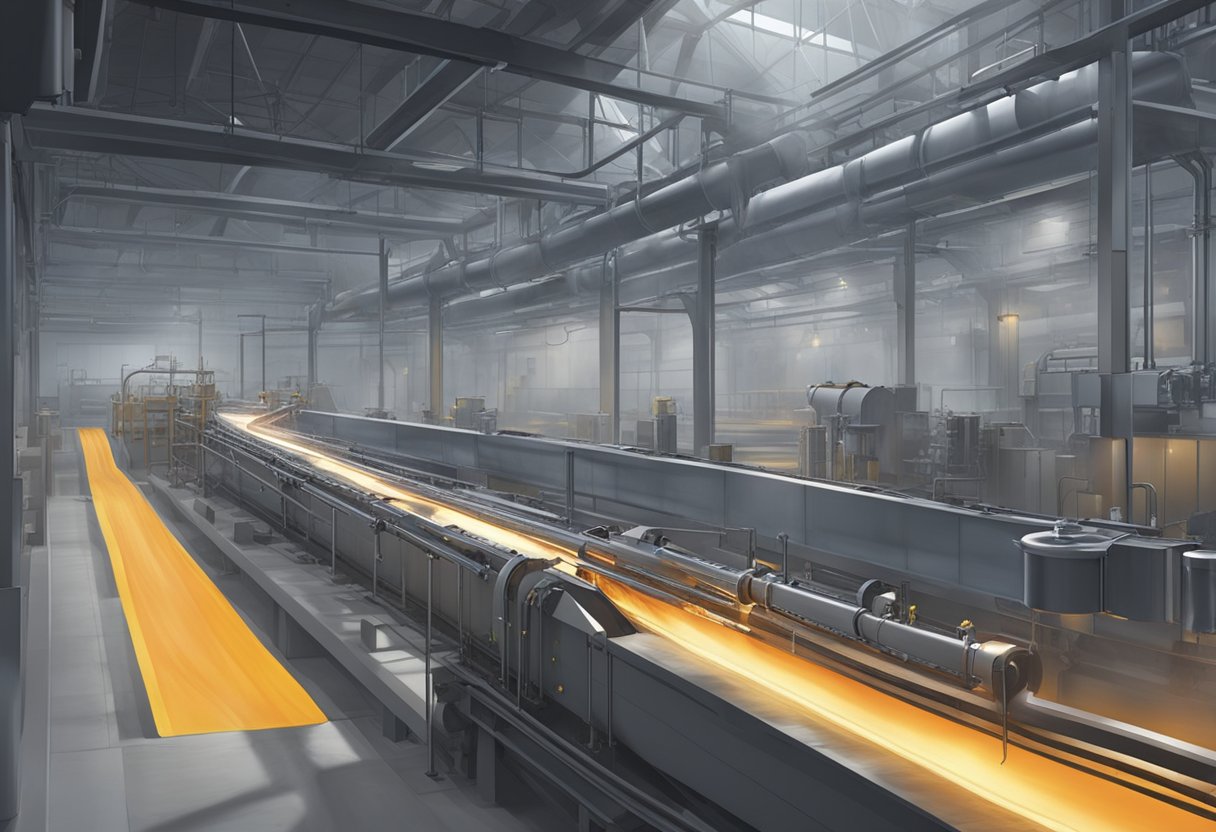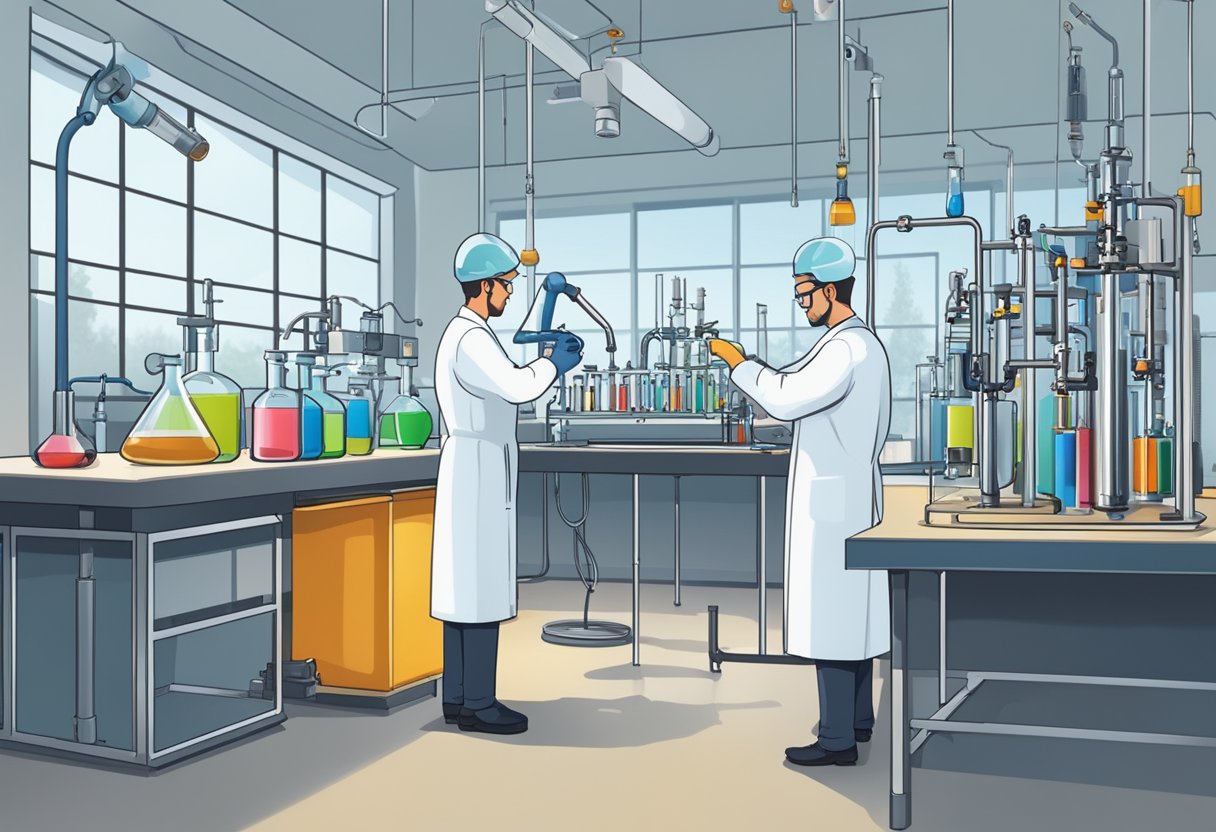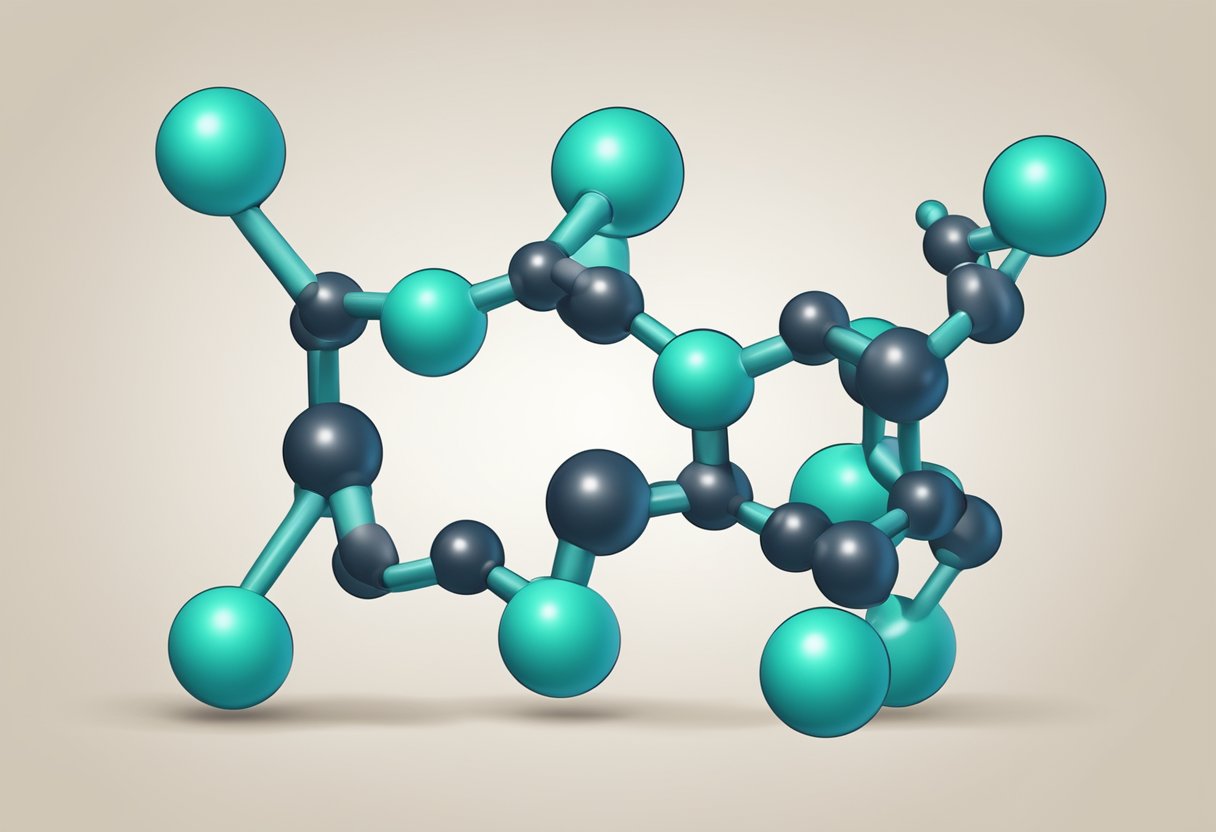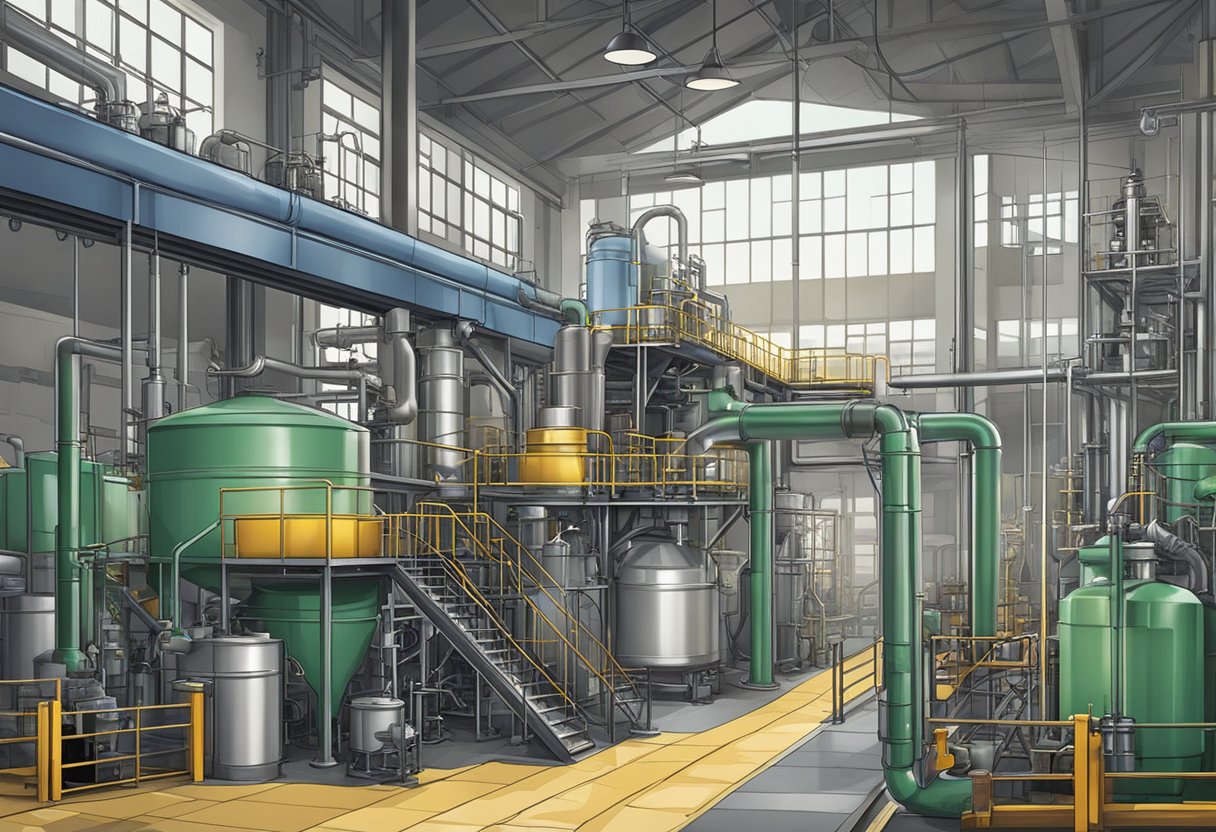Butyl Synthetic Rubber: Properties, Uses, and Applications
19/01/2024
Butyl synthetic rubber is a type of synthetic rubber that is widely used in various industries due to its unique properties and versatility. It is a copolymer of isobutylene and a small amount of isoprene, which gives it its distinctive properties. Butyl rubber is known for its excellent air retention, gas impermeability, and resistance to chemicals, ozone, and weathering.

One of the key advantages of butyl synthetic rubber is its ability to maintain its properties over a wide range of temperatures, making it suitable for use in extreme conditions. This makes it a popular choice for applications such as tire inner tubes, roofing membranes, and seals for refrigeration systems. Its low permeability to gases also makes it ideal for use in the manufacture of inner liners for fuel tanks and hoses.
Despite its many advantages, butyl synthetic rubber also has some limitations. It is not as strong as some other types of synthetic rubber, and it can be difficult to bond to other materials. However, these limitations are often outweighed by its unique properties, making it a valuable material in many different applications.
History of Butyl Synthetic Rubber

Butyl synthetic rubber is a type of rubber that is known for its excellent air retention properties. It was first developed by researchers at Standard Oil Company of New Jersey (now ExxonMobil) in the late 1930s. The team was led by William J. Sparks and Robert M. Thomas, who were trying to find a new material that could be used in tire inner tubes.
The first commercial production of butyl rubber began in 1943, during World War II. It was used extensively in the war effort, as it was resistant to heat, chemicals, and weathering. After the war, butyl rubber became popular in a wide range of applications, including automotive, construction, and industrial products.
One of the key advantages of butyl rubber is its low permeability to gases. This makes it an ideal material for use in products that require air-tight seals, such as inner tubes, tire liners, and inflatable products. Butyl rubber is also resistant to ozone and UV light, which means it can last for many years without deteriorating.
Today, butyl rubber is produced by a number of different companies around the world. It is used in a wide range of products, including roofing membranes, adhesives, and sealants. In addition, butyl rubber is often used as a base polymer for other types of synthetic rubber, such as halobutyl and chlorobutyl rubber.
Chemical Structure and Properties

Polymerization Process
Butyl synthetic rubber is a copolymer of isobutylene and a small amount of isoprene. The polymerization process involves the use of a Lewis acid catalyst, typically aluminum trichloride, to initiate the reaction. The resulting polymer has a high molecular weight and a low degree of branching, which contributes to its excellent air retention and impermeability to gases.
Molecular Characteristics
The chemical structure of butyl synthetic rubber consists of long chains of isobutylene units with occasional isoprene units. The isoprene units provide sites for crosslinking, which enhances the rubber’s strength and elasticity. The molecular weight distribution of butyl rubber is relatively narrow, which contributes to its consistent properties and processing characteristics.
Butyl synthetic rubber has a number of unique properties that make it well-suited for a variety of applications. It has excellent air retention properties, making it ideal for use in inner tubes and other inflatable products. It also has good chemical resistance, particularly to alkalis and oxidizing agents. Additionally, butyl rubber has low gas permeability, making it useful in applications where gas or vapor barriers are required.
Overall, the chemical structure and properties of butyl synthetic rubber make it a versatile and reliable material for a wide range of applications.
Production Techniques

Raw Materials
The production of butyl synthetic rubber requires the use of specific raw materials. The primary raw materials used are isobutylene and a small amount of isoprene. These raw materials are obtained from the refining of crude oil. The quality of the raw materials used is critical to the quality of the final product. Therefore, careful selection and testing of raw materials are necessary to ensure the desired product properties.
Manufacturing Process
The manufacturing process of butyl synthetic rubber involves several steps. The first step is the polymerization of isobutylene and isoprene in a reactor vessel, which results in the formation of a polymeric material. This process is carried out in the presence of a catalyst, which is typically a transition metal compound.
The next step is to remove any unreacted monomers and impurities from the polymer using a series of purification steps. This includes washing, filtration, and drying. The purified polymer is then mixed with a small amount of other materials, such as fillers and stabilizers, to improve its properties.
The final step is to shape the polymer into the desired form, which can be done by extrusion or molding. The extrusion process involves forcing the polymer through a die to produce a continuous length of material with a specific cross-sectional shape. The molding process involves heating the polymer and shaping it using a mold.
Overall, the production of butyl synthetic rubber is a complex process that requires careful attention to raw material selection, manufacturing process, and quality control. The resulting material has excellent properties, including high impermeability to gases and liquids, good chemical resistance, and low gas permeability.
Types of Butyl Synthetic Rubber
Butyl synthetic rubber is a copolymer of isobutylene and a small amount of isoprene. It is known for its excellent air retention properties, making it ideal for use in inner tubes, tire inner liners, and other applications where air retention is critical. There are two main types of butyl synthetic rubber: regular butyl rubber and halogenated butyl rubber.
Regular Butyl Rubber
Regular butyl rubber is a copolymer of isobutylene and isoprene that is produced using conventional Ziegler-Natta catalysts. It has a high molecular weight and a low level of unsaturation, which gives it excellent air retention properties. Regular butyl rubber is commonly used in inner tubes, tire inner liners, and other applications where air retention is critical.
Halogenated Butyl Rubber
Halogenated butyl rubber is a copolymer of isobutylene and a small amount of halogenated isoprene. The halogenation process improves the chemical and thermal stability of the rubber, making it more resistant to aging and degradation. Halogenated butyl rubber is commonly used in pharmaceutical stoppers, chemical resistant linings, and other applications where resistance to chemicals and heat is critical.
In summary, butyl synthetic rubber is a versatile material that is used in a wide range of applications. Regular butyl rubber is known for its excellent air retention properties, while halogenated butyl rubber is prized for its chemical and thermal stability. By understanding the differences between these two types of butyl synthetic rubber, manufacturers can choose the right material for their specific application.
Applications
Automotive Industry
Butyl rubber is widely used in the automotive industry due to its excellent air retention properties. It is commonly used in tire inner tubes and tubeless tires, as it helps to maintain tire pressure and reduce the risk of blowouts. Butyl rubber is also used in automotive seals and gaskets, as it provides excellent resistance to heat, chemicals, and weathering.
Medical Products
Butyl rubber is used in a variety of medical products, including stoppers for medication vials and IV bags, as well as in surgical gloves and tubing. Its excellent gas impermeability, low extractable levels, and resistance to chemical and biological agents make it an ideal material for medical applications.
Consumer Goods
Butyl rubber is used in a variety of consumer goods, including adhesives, caulks, and sealants, due to its excellent adhesion and sealing properties. It is also used in the production of inflatable products, such as air mattresses and inflatable boats, as it provides excellent air retention properties.
Overall, butyl synthetic rubber is a versatile material with a wide range of applications in various industries. Its unique properties make it an ideal material for use in products that require air retention, chemical resistance, and impermeability to gases.
Performance Advantages
Butyl synthetic rubber is a popular choice for various industrial applications due to its superior performance advantages. In this section, we will discuss some of the key benefits of using butyl synthetic rubber.
Gas Impermeability
One of the most significant advantages of butyl synthetic rubber is its excellent gas impermeability. It has a low permeability to gases, including oxygen, nitrogen, and carbon dioxide. This makes it an ideal material for use in the production of inner tubes for tires, air conditioning systems, and other applications where gas leakage can be a problem.
Weather Resistance
Butyl synthetic rubber is highly resistant to weathering, ozone, and UV radiation. It can withstand extreme temperatures, making it an ideal material for use in outdoor applications. It is also resistant to water, which makes it ideal for use in sealing applications.
Vibration Dampening
Butyl synthetic rubber has excellent vibration dampening properties, making it ideal for use in shock absorbers, engine mounts, and other applications where vibration control is essential. Its ability to absorb vibrations helps to reduce noise and improve the overall performance of the system.
In summary, butyl synthetic rubber offers several advantages over other materials, including gas impermeability, weather resistance, and vibration dampening. These properties make it an ideal material for use in a wide range of industrial applications.
Market Trends and Demand
Butyl synthetic rubber is an important material used in various industries, including automotive, construction, and pharmaceuticals. The market for butyl synthetic rubber has been growing steadily in recent years, driven by increasing demand from end-use industries.
The automotive industry is the largest consumer of butyl synthetic rubber, accounting for more than half of the total demand. The increasing demand for fuel-efficient and eco-friendly vehicles has led to a rise in the use of butyl synthetic rubber in the production of tires, seals, and hoses.
The construction industry is another major consumer of butyl synthetic rubber, where it is used as a sealant for roofs, windows, and doors. The growing demand for energy-efficient buildings has led to an increase in the use of butyl synthetic rubber in the construction industry.
The pharmaceutical industry is also a significant consumer of butyl synthetic rubber, where it is used in the production of stoppers and closures for vials and bottles. The increasing demand for high-quality and safe pharmaceutical products has led to a rise in the use of butyl synthetic rubbers in the industry.
Overall, the demand for butyl synthetic rubber is expected to continue to grow in the coming years, driven by the increasing demand from end-use industries. The Asia-Pacific region is expected to be the fastest-growing market for butyl synthetic rubber, due to the growing automotive and construction industries in the region.
Environmental Impact and Sustainability
Butyl synthetic rubber has both positive and negative environmental impacts. On the one hand, it is produced using petrochemicals, which are non-renewable resources. However, on the other hand, the production process of butyl synthetic rubber requires less energy than the production of natural rubber.
Moreover, butyl synthetic rubber is highly resistant to ozone and UV radiation, which means it has a longer lifespan and requires less frequent replacement. This reduces waste and the environmental impact of disposal. Additionally, butyl synthetic rubbers has excellent gas barrier properties, which makes it ideal for use in tire inner tubes, reducing the risk of tire punctures and blowouts. This, in turn, reduces the risk of accidents and the resulting environmental impact.
In terms of sustainability, butyl synthetic rubbers has been the subject of research to improve its biodegradability. While it is not currently biodegradable, efforts are being made to develop new technologies that will allow it to break down more easily in the environment.
Overall, while butyl synthetic rubbers does have some negative environmental impacts, its longevity and resistance to degradation make it a more sustainable choice in many applications. Continued research and development in the field of biodegradability will only serve to improve its sustainability in the future.
Future Prospects and Technological Developments
Butyl synthetic rubber has a promising future in the automotive, construction, and healthcare industries due to its unique properties such as low gas permeability, excellent chemical resistance, and good weatherability. With the increasing demand for high-performance materials, the butyl synthetic rubbers market is expected to grow at a steady rate in the coming years.
Technological advancements in the production process have led to the development of new grades of butyl synthetic rubbers with improved properties. For instance, the introduction of halobutyl rubber has resulted in better air retention in tires, which has led to improved fuel efficiency and reduced carbon emissions.
Moreover, the use of nanotechnology in the production of butyl synthetic rubbers has led to the development of nanocomposites, which have superior mechanical and thermal properties compared to traditional rubber composites. This has opened up new possibilities for the use of butyl synthetic rubbers in high-end applications such as aerospace and defense.
In addition, the development of bio-based butyl synthetic rubbers using renewable resources such as biomass and bio-oil has gained traction in recent years. This has not only reduced the dependency on fossil fuels but has also contributed to the reduction of carbon footprint.
Overall, the future of butyl synthetic rubbers looks bright with advancements in technology and increasing demand from various industries.




